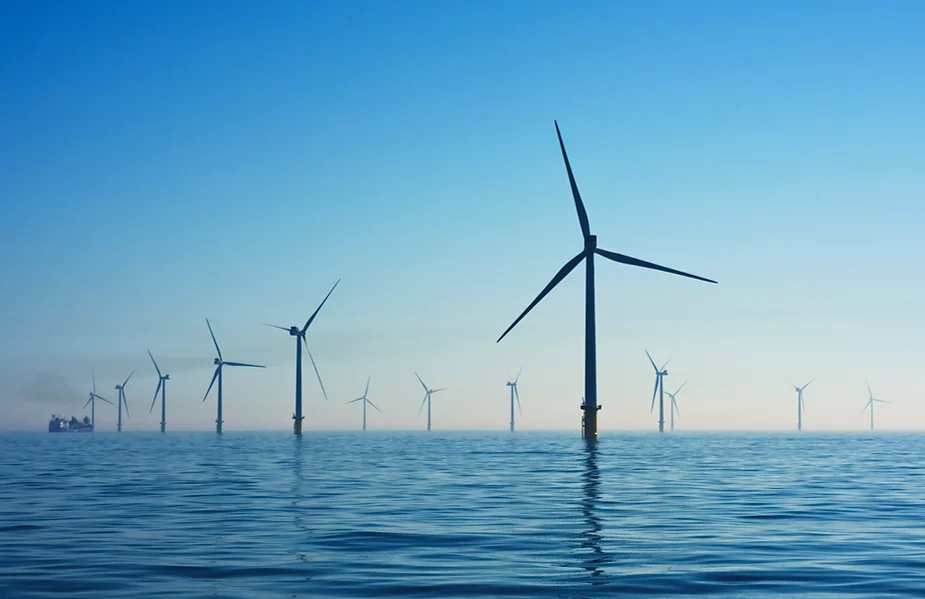School was out this week and, finally, the weather took a turn for the better as the longest winter in recent memory finally came to an end. And as the rust was scraped from barbeques the length and breadth of the country the UK population squinted and emerged into the great outdoors.
Parents breathed a sigh of relief as the fear of entertaining bored kids evaporated into the sunshine; and there was another benefit. While we spent the Bank Holiday Monday basking outside, the low demand for energy indoors meant that Britain’s grid was the greenest it has ever been. By Monday lunchtime the levels of carbon pollution per unit of electricity consumed in the UK was at a low of 39 grams of carbon dioxide, the lowest ever recorded according to the Grid Electricity System Operator, and beating the previous record of 46 grams set during the lockdown and sunny period of May 2020.
Not only was the demand down on Monday, the sunny weather and breezy conditions meant that renewables from wind and solar made up 60 per cent of energy provision on the day. The best ever period for energy generated by wind was reported in February this year, though solar was subdued in the deep mid winter.
And for those of us expanding our horizons and enjoying new found freedoms to travel around the country this week, it seems an ever growing percentage, in Europe, are embracing electric cars as the preferred option. Some recent research by Nissan has found that Electric vehicle owners are driving further than their gas guzzling counterparts. The data, drawn from 7,000 respondents, tells us European EV drivers are clocking up 8,800 miles a year, compared to 8,450 miles covered by internal combustion engine cars; and the main reason is that driving distances have lengthened as the charging infrastructure has improved, with 67 per cent of people happy with the number of charging points available.
So that’s the good news, but if the UK government is to hit its target of net zero carbon by 2050 there is more work to be done, particularly in terms of cutting carbon in transport. And globally it seems that the transition towards green energy is slower than planned. Ahead of the G7 summit, to be held in the UK between 11th and 13th June, a report published by the development charity Tearfund has found that G7 nations are spending billions more on fossil fuels than green energy. The research discovered that the G7 spent an eye-watering $189Bn on coal and oil in the first quarter of 2021, compared with under $150Bn on green energy.
The majority of the spend was committed on transport, as governments around the globe intervened to support the flagging aviation and automotive sectors in the wake of a gruelling pandemic for the travel industry. Only 17 per cent of energy commitments to the fossil fuel intensive sectors had green measures attached and, during this three month period, only 10 per cent of COVID recovery funds benefited the cleanest energy measures.
More food for thought as sun starved workers dream of a long-awaited holiday abroad.






